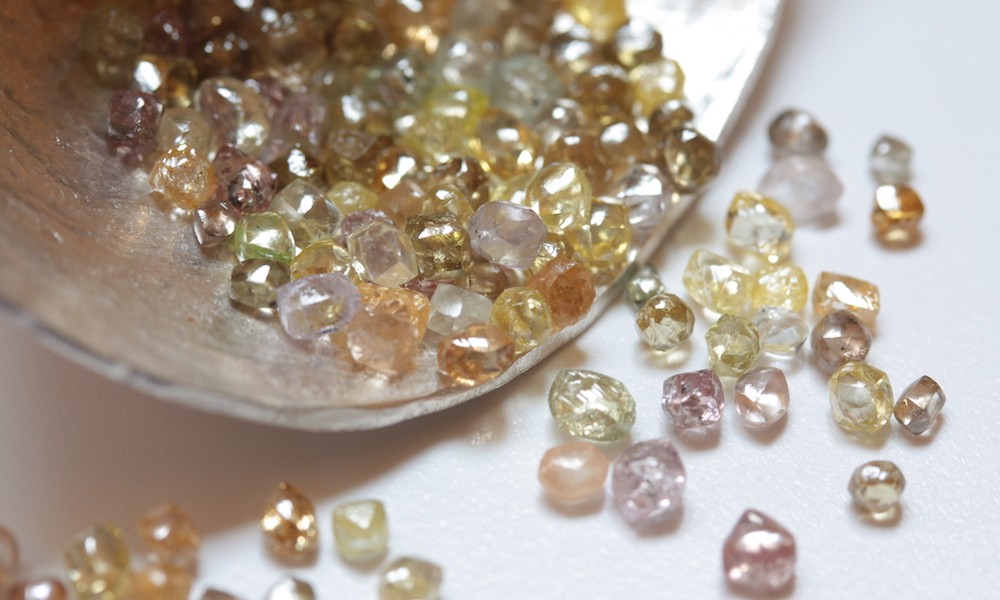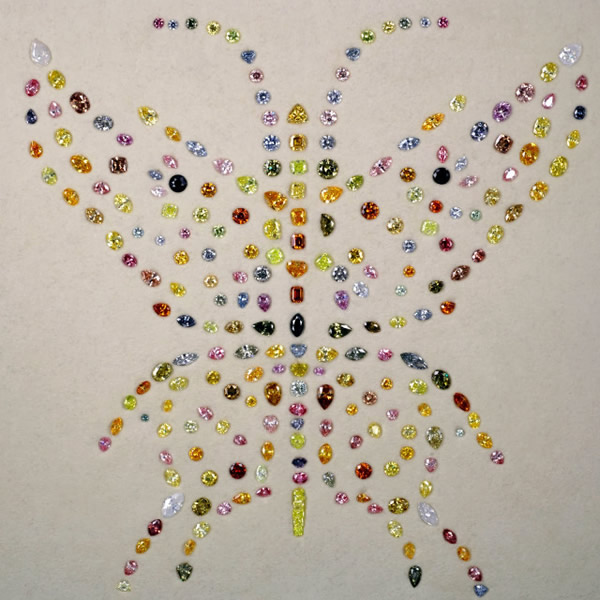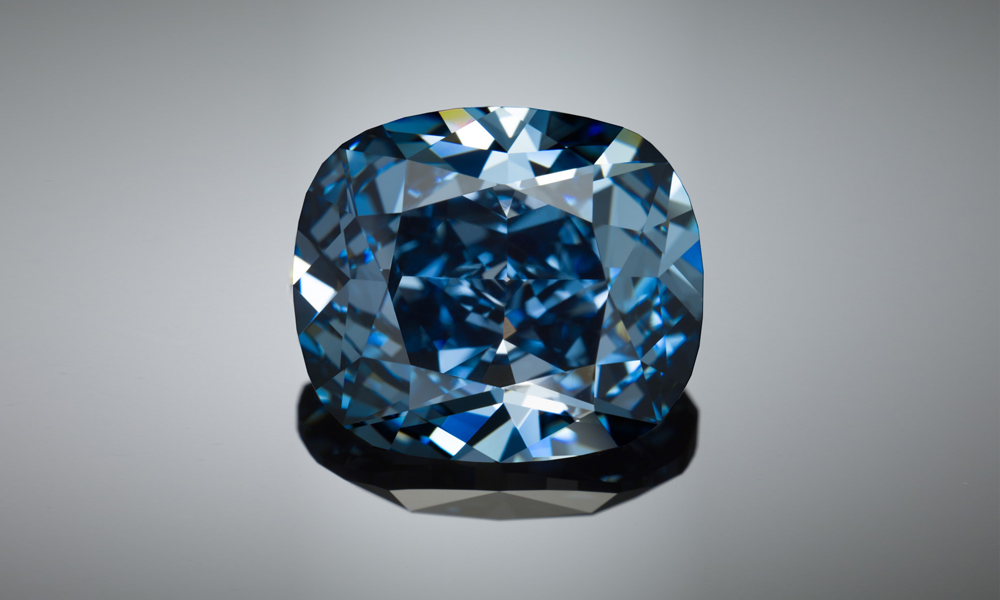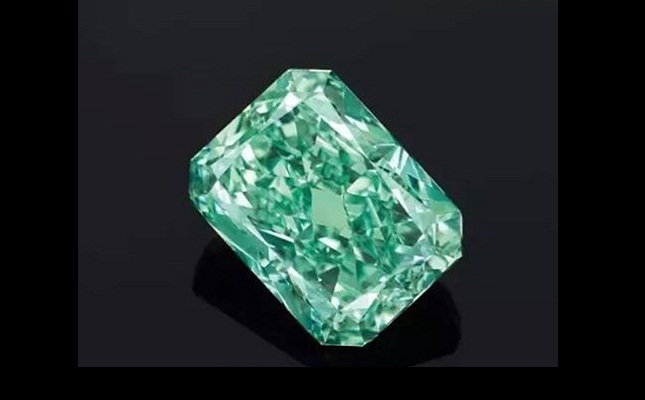On January 24, some of the Rubel & Ménasché team went to the Van Cleef & Arpels School of Jewelry Arts. The object of our visit was the lecture: “Fancy Colored diamonds: on the beauty of defects”. Whether a trained gemologist or just a diamond or precious stone enthusiast, everyone would find something to enrich their culture and knowledge.
Numbering 11 per year, the lecture circuit at the School of Jewelry Arts—under the responsibility of Gislain Aucremanne, art historian and professor at the School—offers, throughout the year, balanced subjects divided into three themes: the art history of jewelry, savoir-faire, and the universe of gemstones. Each of them is presented by a duo: a guest speaker, who is a specialist in the subject, and a professor from the School. The themes are adjusted and chosen according to their relevance, depending on requests, requirements or even in accordance with the exhibitions proposed in Paris or within the School itself. Thus: in February—“Stage jewelry, treasures from the French Comedy”;in March—“An Interview with Giovanni Corvaja”;in April—“Emeralds, Art & Science”, etc. They are clever enough to be exported, to Hong Kong, London, Dubai or Tokyo, for example, depending on the School’s travels.

For us, on January 24, it was all about “Fancy Colored diamonds: on the beauty of defects”. There was a full house for the lecture, with 75 people having made the effort to attend. The audience was varied, from jewelry industry professionals to informed amateurs. Moreover, Marie Vallanet-Delhom, Director of the School, took the time to greet everyone.
This lecture was given by Éloïse Gaillou, Curator at the ParisTech School of Mines Mineralogy Museum, and Marie-Laure Cassius-Duranton, gemologist, art historian, and professor at the School of Jewelry Arts and at the French Laboratory of Gemology. It therefore endeavored to help us understand what causes the color of these very rare diamonds, which have been a source of widespread enthusiasm for some decades and which, from the 1980s onwards, no longer attracted only the astute collectors.
Without spoiling the content of the lecture, what were we to learn—or revise for the veterans—this Thursday evening? That the beauty of colored diamonds lies in what we could call “structural defects”. After an overview of the most precious diamonds the world has known—the Hancock Red, the Pink Star, the Blue Moon of Josephine—, the two lecturers reminded us of the 4Cs, the assessment criteria for colorless diamonds. For colored diamonds, of course, the operation is more complicated: master stones in plastic at one time, “Judge” box… ultimately, the environment counts, the color and the luminosity, but above all the eye of the gemologist! The human eye can thus “see” between 400 and 700-800 nanometers, hence the need for a spectrometer to best assess the color of a Fancy diamond.
Each type of colored diamond was then illustrated, from the idolized blues and yellows to the very rare oranges, with the spectrometer as back up, to best understand the phenomenon of color concentration. A scientific vision that does not forget anecdotes (remember the Aurora Butterfly of Peace collection) and remains accessible to newcomers. The Golden Jubilee, the Gaby Dolkovsky, the Argyle mine, the Black Orlov and even milky white diamonds, rarely seen on the market, were all mentioned!


The two hours went by quickly and with pleasure and everyone found something to enrich their culture and their knowledge level.
We left the lecture delighted… and with the desire to go around the museums of the world and the auction rooms at Sotheby’s and Christie’s to discover these marvels of nature, so imperfect and so beautiful.

The School of Jewelry Arts, with the support of Van Cleef & Arpels,
22 place Vendôme, 75001 Paris. Entrance via 31 rue Danielle Casanova.
Telephone: + 33 (0)1 70 70 36 00.
E-mail: contact@lecolevancleefarpels.com
www.lecolevancleefarpels.com
